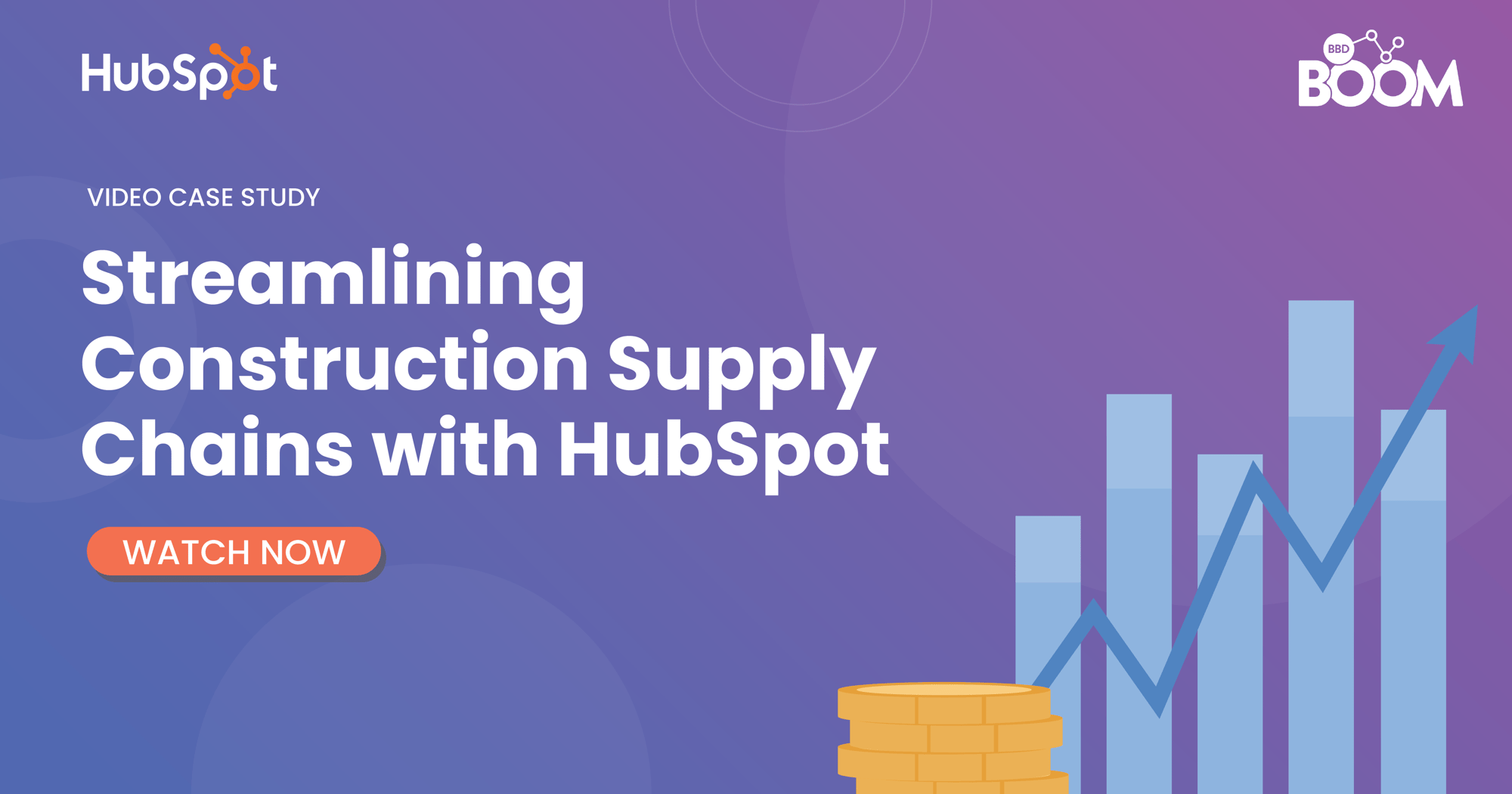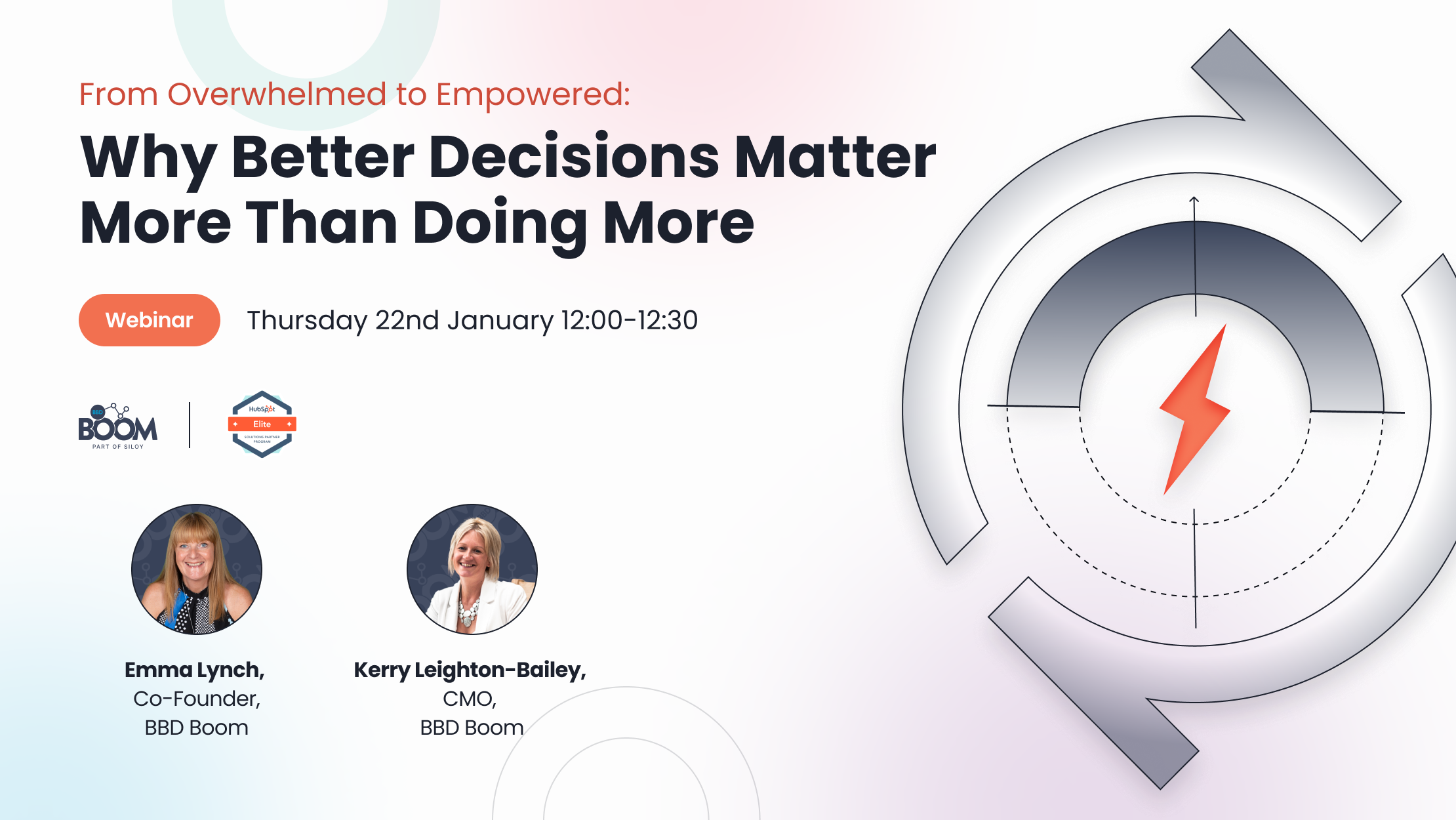Get your Digital Marketing plan in shape for 2019 with these reseller best practices and marketing tips.
To be successful with reseller digital marketing, you have to have a strategy. Hopefully, you already had one well-established (and followed it) for this past year, but as 2019 begins coming up on the horizon, it’s important that we begin looking at what needs improvement.
Let's discuss what changes should be made for your value-added reseller marketing strategy in the coming year.
The Pros and Cons of LinkedIn vs Facebook for B2B Tech
More than 2.2 billion users login to Facebook each and every month. That's why most businesses make this platform their go-to when they want to engage their audience and reach new followers. With such a large pool of users, you can find just about any demographic on Facebook and connect with people who have multiple interests and backgrounds.
With that said, LinkedIn is also very effective. While it has a much smaller number of active users (somewhere around 250 million every month), the platform is built around ultra-specific information and targeting is based on profession and industry. That makes it ideal for B2B marketers who typically need to target a specific decision maker at a given company in order to get themselves noticed.
Both can be effective, but one is likely to prove more effective than the other based on your approach and budget. If you haven't already, look at conducting tests to decide which platform is really the better fit for your company. As we move into the new year, work to focus on that platform and continue to optimize your methods.
Multiply Your Conversions with Chatbots
Chatbots have continuously gained traction in recent months. Now, it seems everywhere you look, you can find a website with a chatbot to help users even when a representative isn't actively available to assist. For B2B marketers, chatbots can play a vital role in the sales process too.
Of course, these chatbots have to serve a real purpose. Unlike apps, which are becoming increasingly overcrowded and useless, chatbots need to offer real value to the table and they need to be built into an interface that people are already using (i.e., your website).
As HubSpot explained, "...search behavior is second nature to us now, [so] bots must do what a search can’t." In general, this would mean that your brand's chatbot needs to provide the client with answers and solutions without them having to wait on a representative. This self-service approach can be used by B2B companies as a lead generation tactic.
The chatbot should also give the user the information they want in a matter of seconds and on the first try, which takes some trial-and-error along with the implementation of AI and ML technologies (which are already worth exploring for other reasons). The recommendations your chatbot makes should be based on personalisation, again linking back to AI/ML capabilities.
Finally, your chatbot may be extra beneficial if it's able to aggregate information from multiple different sources. Take GrowthBot, for instance. It's a bot that integrates directly into Slack, an app many businesses are already using. Ask it any question and it will quickly (and near instantly) come back with valuable insights without the user having to spend any number of moments looking for it themselves.
Getting Buy-In for a Sales Enablement Strategy
You already know full and well that your sales team must be given the knowledge, tools, and means in order to adapt and keep pace with today's ever-changing marketplace. However, this is something you are likely to struggle convincing the C-suite of time and time again. Producing buy-in for fresh sales enablement strategies is critical to success, but how can you do it in the most effective and simple way for the new year?
On paper, the answer is actually quite simple, but it can definitely be a challenge to put it into practice. In order for the higher-ups to be willing to put their money into an initiative, they have to be able to see the value of it. That means you need to take the time to sit down and do the research for them so that you can deliver an overview of the benefits, risks, and costs right to their desks. This overview should demonstrate the potential impact your proposal can have on the organization.
To make sure that you fully understand the potential organizational impact, you should be working to build relationships across different departments and get input where needed. These relationships will definitely benefit your efforts when you take the idea to the C-Suite and try to get their buy-in.
In addition to the above, you can also make earning buy-in a much easier process in the future by working to build a culture centered around sales success. Also look to own the sales enablement operation. With a key person or team leading the implementation and measurement of it, the C-Suite will have an easier time being willing to commit to it because that means someone will be managing it, directing it, and there to own up to and solve any problems with it.
Plug The Leaks In Your Conversion Data
In order for your B2B lead conversion tracking to be successful, it has to take multiple factors into account. Clearly defining your funnel's lifecycle stages should definitely be seen as a necessity if it is something your company has not thoroughly done before. Typically, you'll define different stages from awareness of your company all the way up to the point of being an evangelist (brand advocate).
The next step is knowing exactly where your leads come from and when they come in. Hopefully, your CRM or analytics software enables you to see which channels your leads originated from and how much the company spent in order to acquire them. With this approach, each one of your sources of leads will have numbers for you to compare so you can better focus your efforts in the new year.
Of course, goal-setting is the next big part of the success formula here. You need to have goals to strive for and track progress against in order to be certain you're actually getting somewhere. In addition, Neil Patel strongly urges B2B companies to look more closely at Monthly Recurring Revenue per SQL and Months to Payback.
Once you have accomplished all of these things and you have them ready for review on a regular schedule, you need to make sure that you have multiple ways of reviewing and presenting this data. Keep two separate Excel sheets for tracking purposes. The first spreadsheet should be used to track all the sources you have for leads (including paid social campaigns, organic search traffic, and referral traffic. The other should be used as a monthly sheet where your source data feeds in every month.
It can even be beneficial to keep a weekly sheet so that you can really narrow down the data and get a closer glimpse of your audience's behavior and how different marketing strategies and tactics are directly affecting your company's progress towards your conversion goals. Remember: Data is only valuable if you're utilizing it.
A ‘Choose Your Own Adventure’ Nurture Strategy
At its core, your company should ensure that the nurturing strategy you're employing isn't about your company and instead focuses on the client. It also shouldn't be a sales pitch but rather a helpful and informative process that is continuously improved and never put on "autopilot" to run without supervision or adaptability.
If you can check those things off your list, you can work on continuing to improve your nurturing strategy as the new year rolls around. There is a handful of best practices that you should be looking to implement in this aspect of your company.
HubSpot walked through this in detail, using their own experiences as a case study. It all began many years ago when they chose to adopt a nurturing strategy that is based on the topic of content the person expresses interest in. It sounded smart and it did prove to be a somewhat effective strategy for engaging leads. They found that it helped better establish the brand as an authority because all the information they delivered to leads was dialed into the client's expressed interests rather than generalized across the entire client base.
However, they continued innovating (as they do) and soon chose to take on a goal-based approach. They realized clients do more than one thing and probably have more than one interest that they can serve. They did some experiments and figured out how to best group clients into different goal-based strategies based on the content they expressed interest in.
The problem? Both of these approaches were still making massive assumptions about the information and issues the client was actually trying to learn about and solve. So, HubSpot finally adopted the "Choose Your Own Adventure" approach that you should feel urged to adopt too as we move into the new year. This adventure literally reaches out to the new lead and asks, "What's the biggest problem you're facing right now?"
A quick one-click answer from a few key choices will enable you to put the right client onto the right nurturing trail every single time. All you have to do is take the client’s word for it.
Video, Video, Video!
Video is the single most engaging form of content on the internet. It consistently outperforms text and photos in every single niche. You can say more in a 30-second video than you could in a 3,000-word article (which most people would never finish anyway). The efficiency of being able to speak and, more importantly, show the viewer something is simply not comparable to other types of content.
Most people will end up skimming or skipping through a long article or written guide, even if graphics are included. While it may not necessarily seem like it, it takes more effort to read an article than it does to watch a video. At the same time, it’s much more engaging to watch a video than it is to be reading a long-form piece.
All of that said, you can't simply start creating a video for every little thing. Instead, you should find ways to use video in a way that complements your content and engages readers even more than you can with text and images. Combine videos with text and images for the widest reach and the best results (in SEO and otherwise).
Also, consider the types of videos you’re going to create. With video quickly gaining traction as the best form of content for instruction, marketing, and other practices, you need to be up-to-date on the best practices surrounding it. There are: explainers, vlogs, promos, live streams, chalk talks, webinars, how-tos and so many more.
For each piece of content that you think would be valuable to cover in video form, do your research and figure out the best way to approach it. For example, if you're trying to spread your company's culture and brand ideals, a vlog could very well be the answer. On the other hand, if you want to explain how a product works, you might select a how-to of a specific feature or a walk-through of the overall interface.
Like written content, it’s not just about what you say, but how you say it and how it’s delivered to the reader.
Get Things Going
The new year is bound to bring many more challenges and triumphs to your business. However, the best way to get through the upcoming year is to begin preparing for it now.
Get help with these things and more by booking a free video consultation with me, Adam Lewis. I’ll help you plan your marketing strategy for 2019 and beyond by sharing my own tips, experiences, and best practices about the above aspects--and more.
Email me at adam@bbdboom.com or book directly.
Book a free video consultation call with Adam Lewis to help with your marketing planning in 2019.
.png?width=877&height=508&name=bbd-boom-siloy-navy+blue-logo%20(1).png)
.png)








